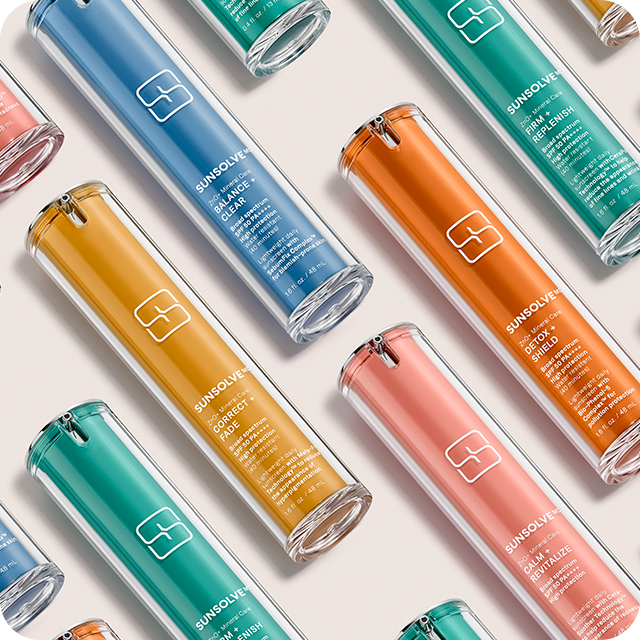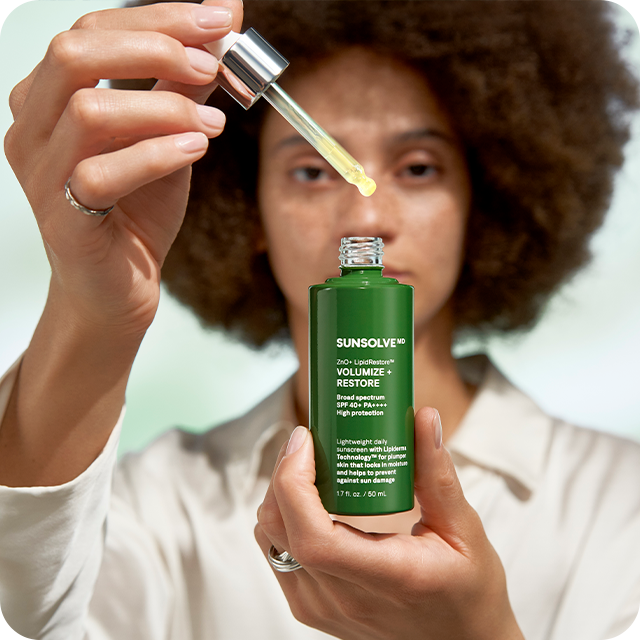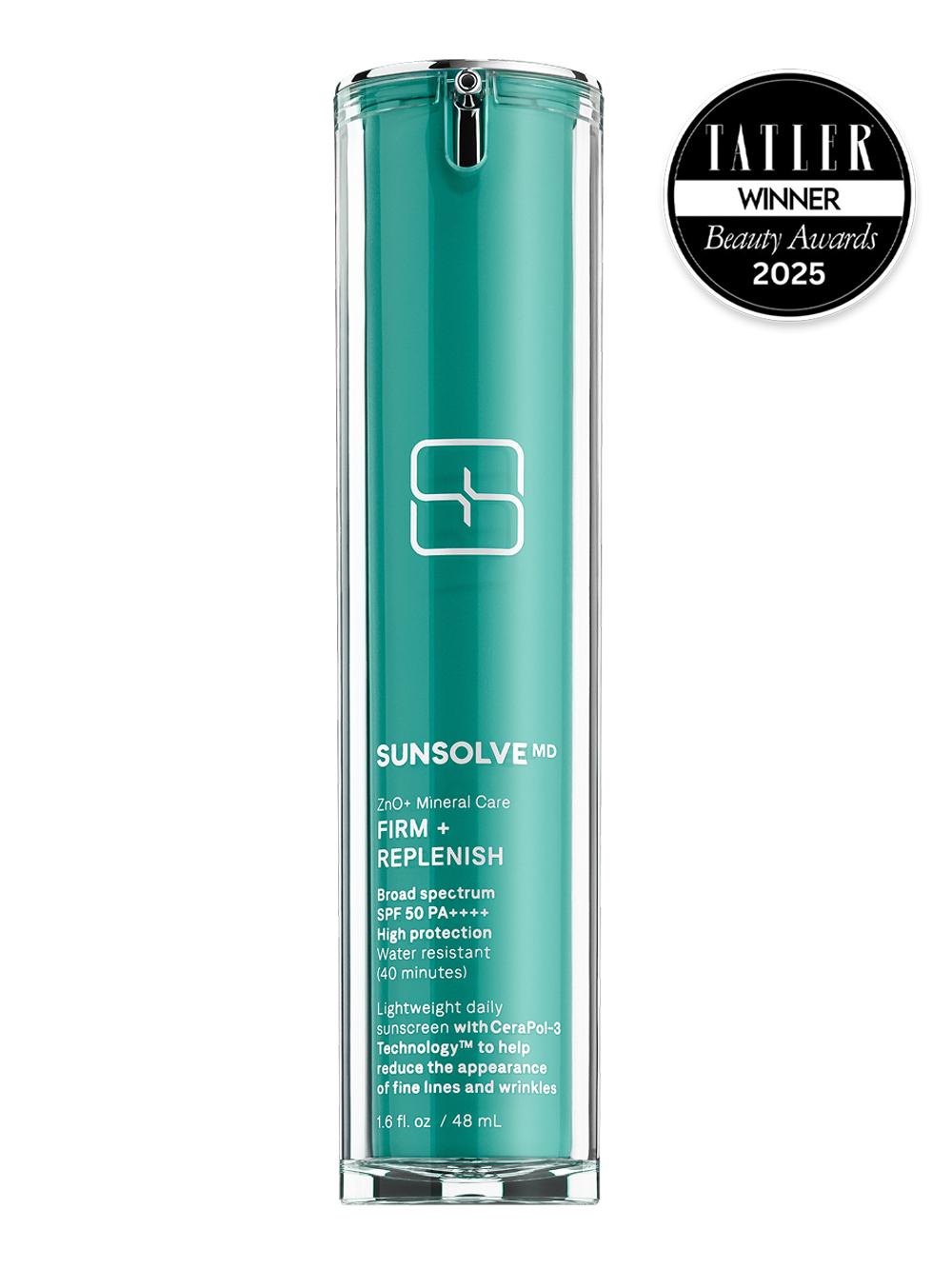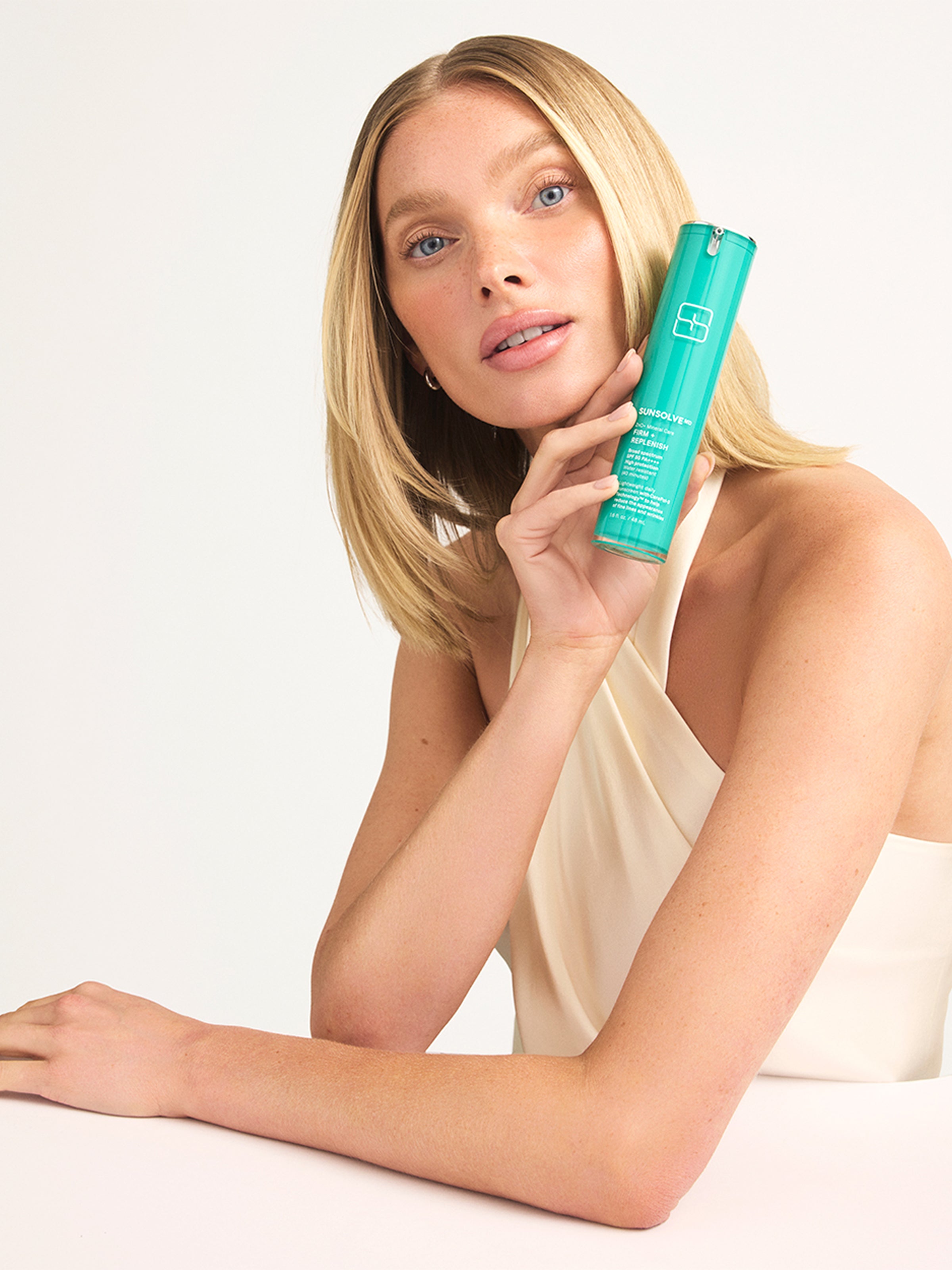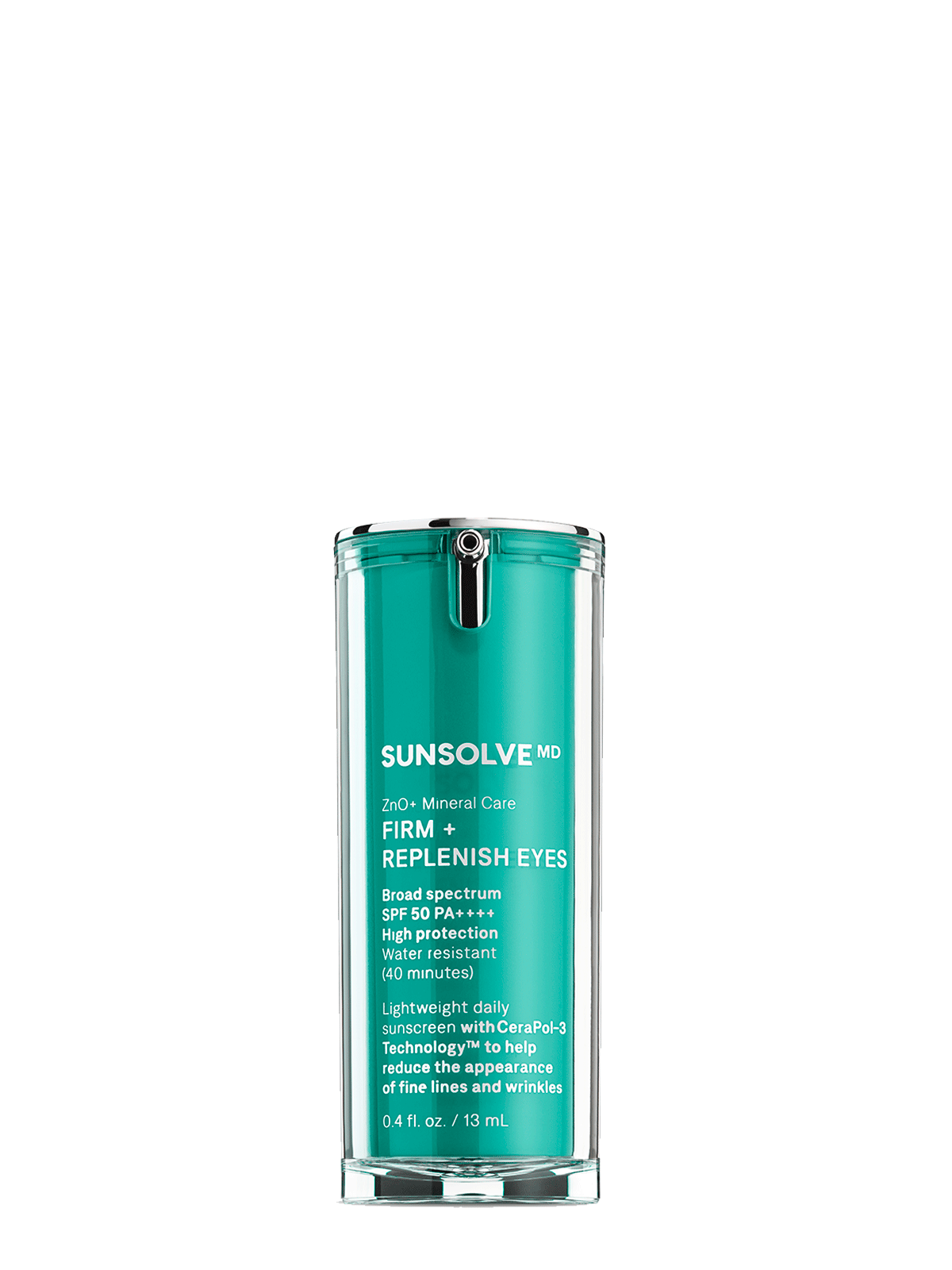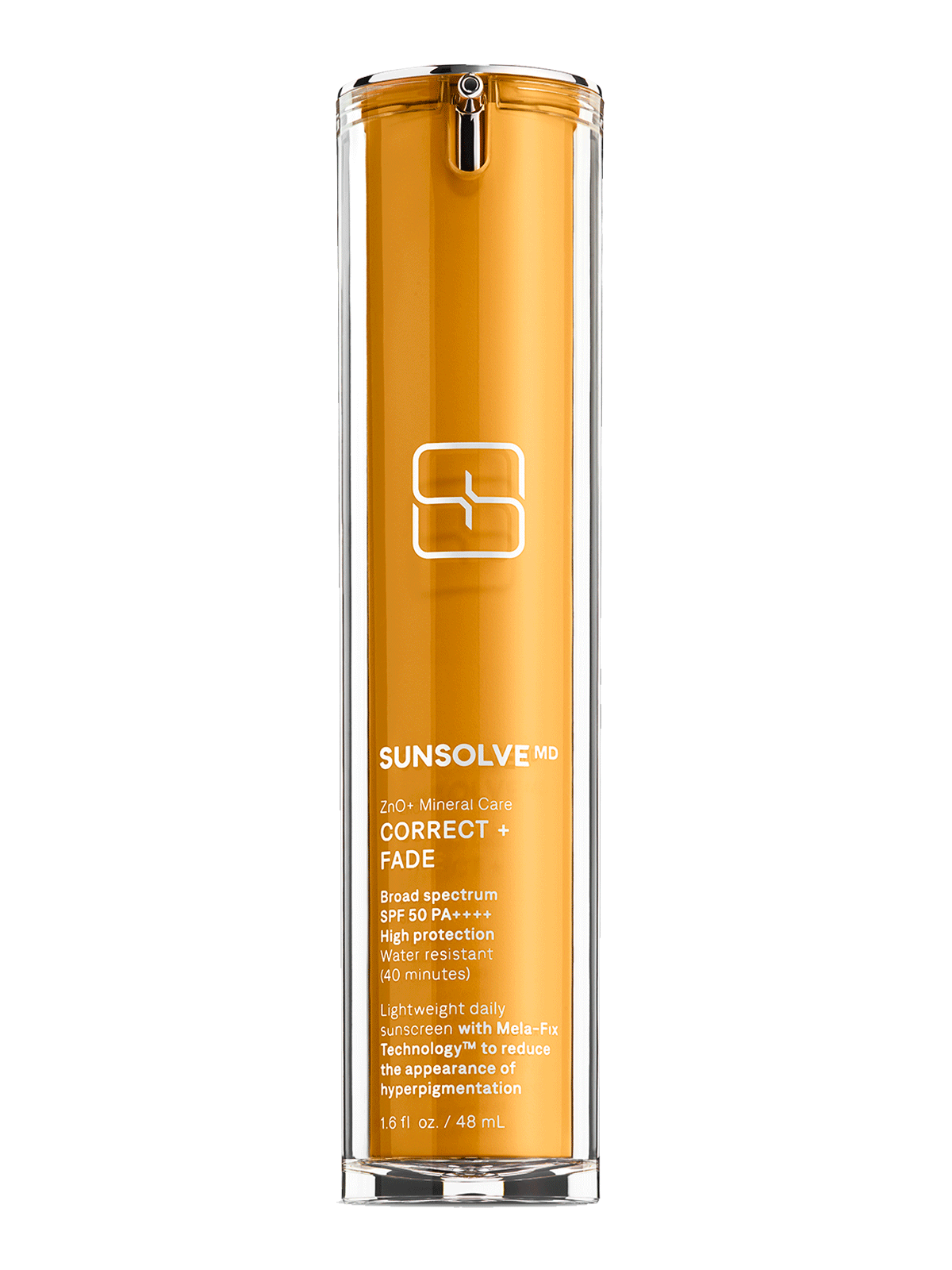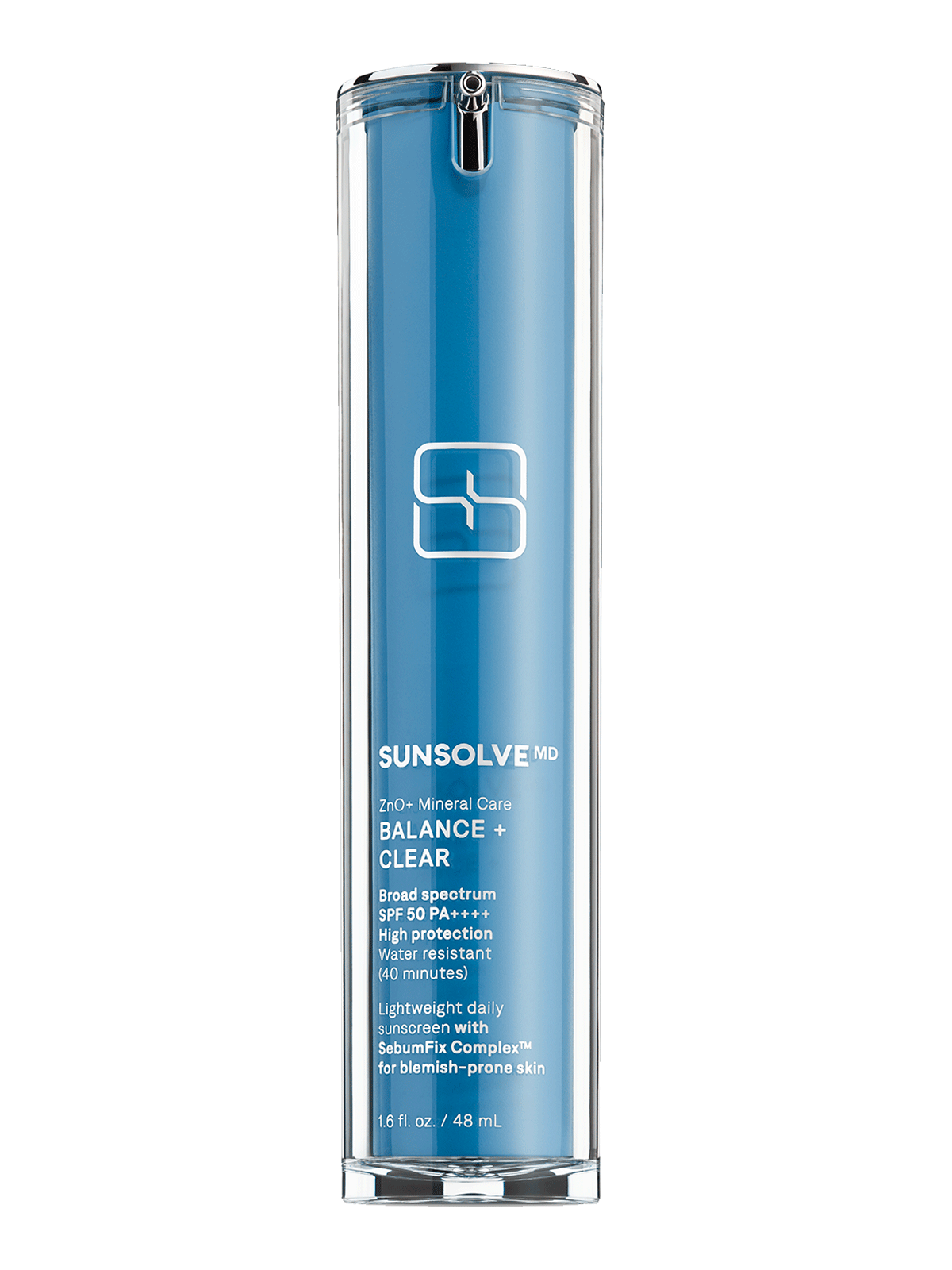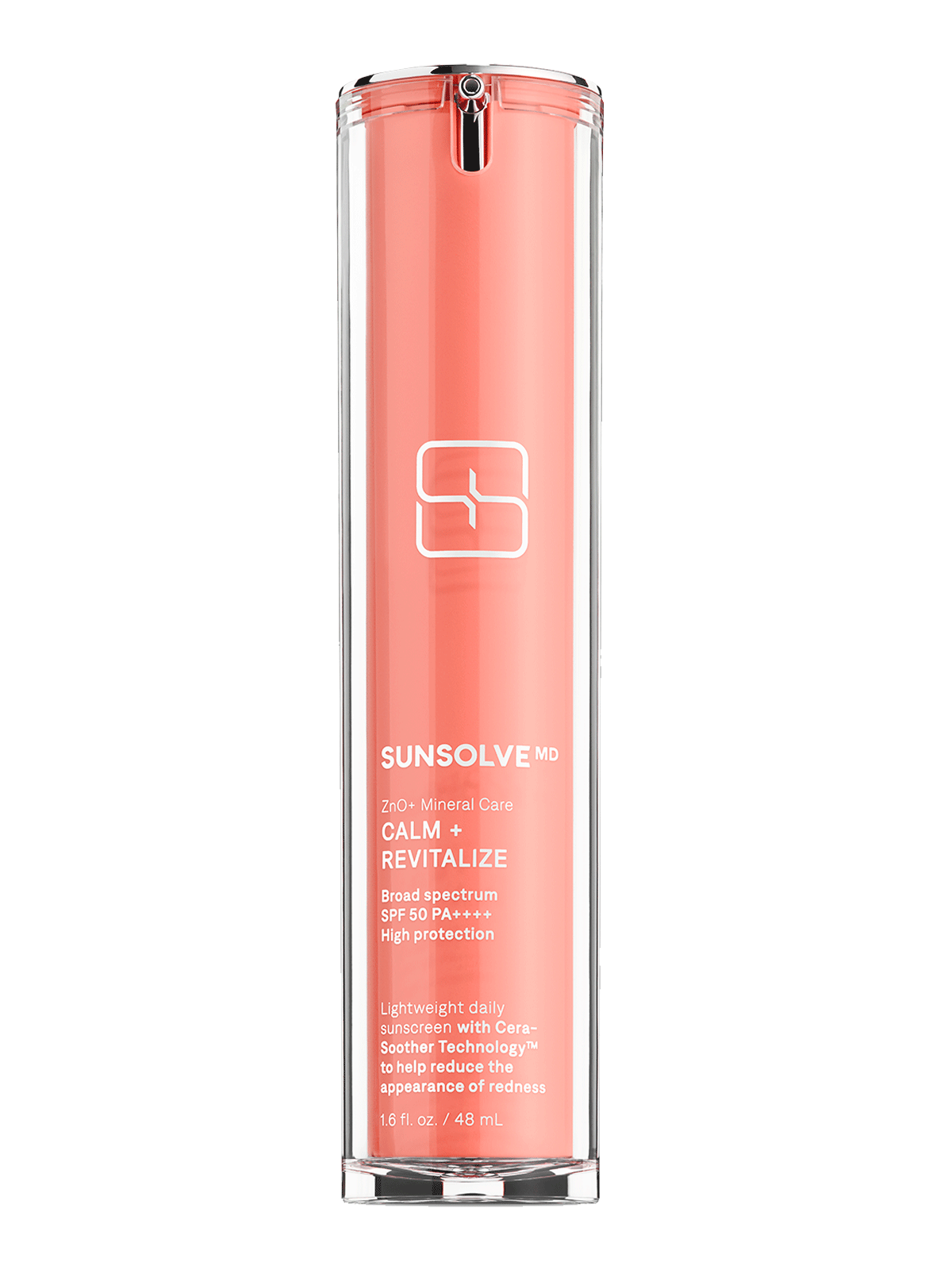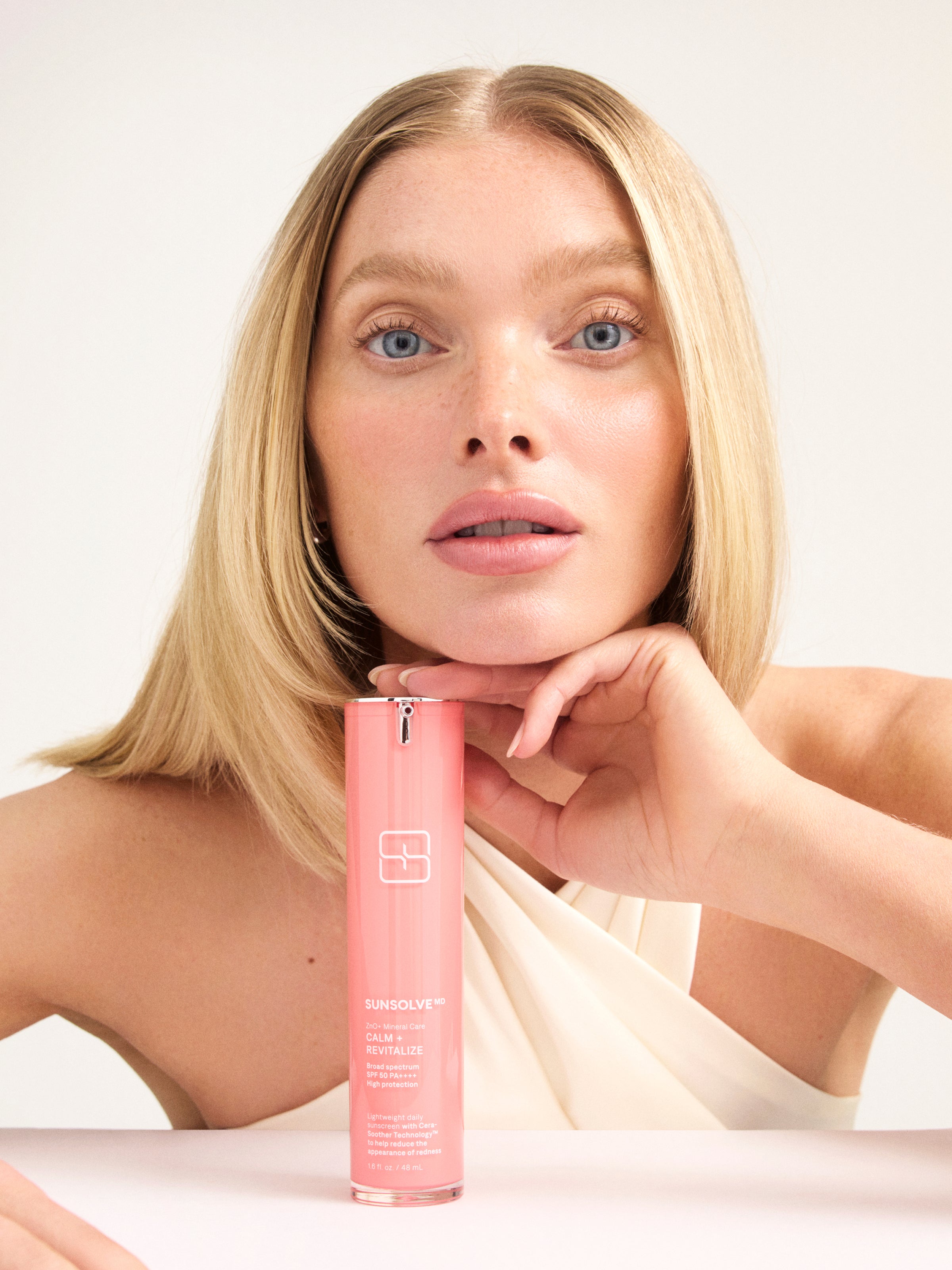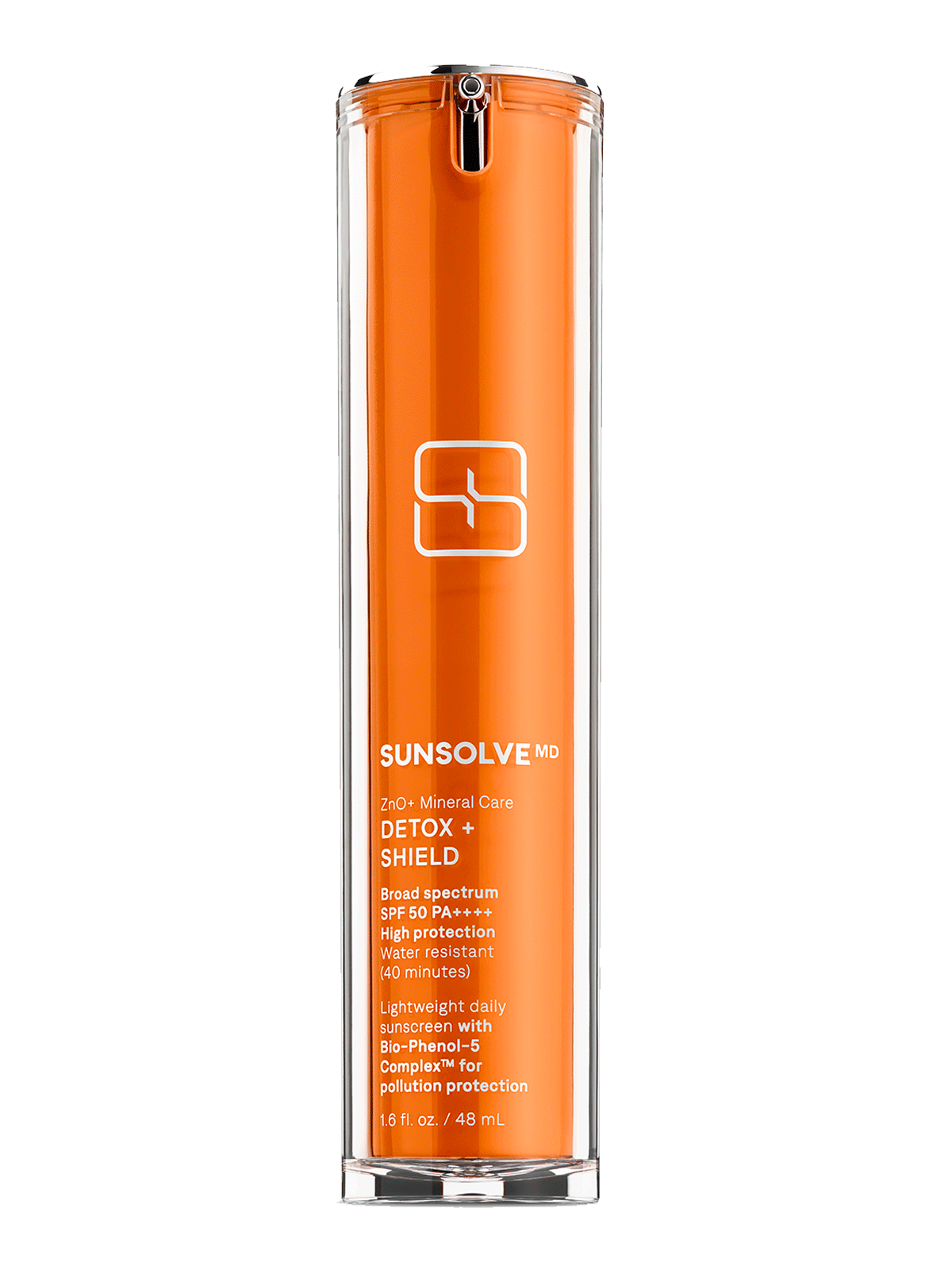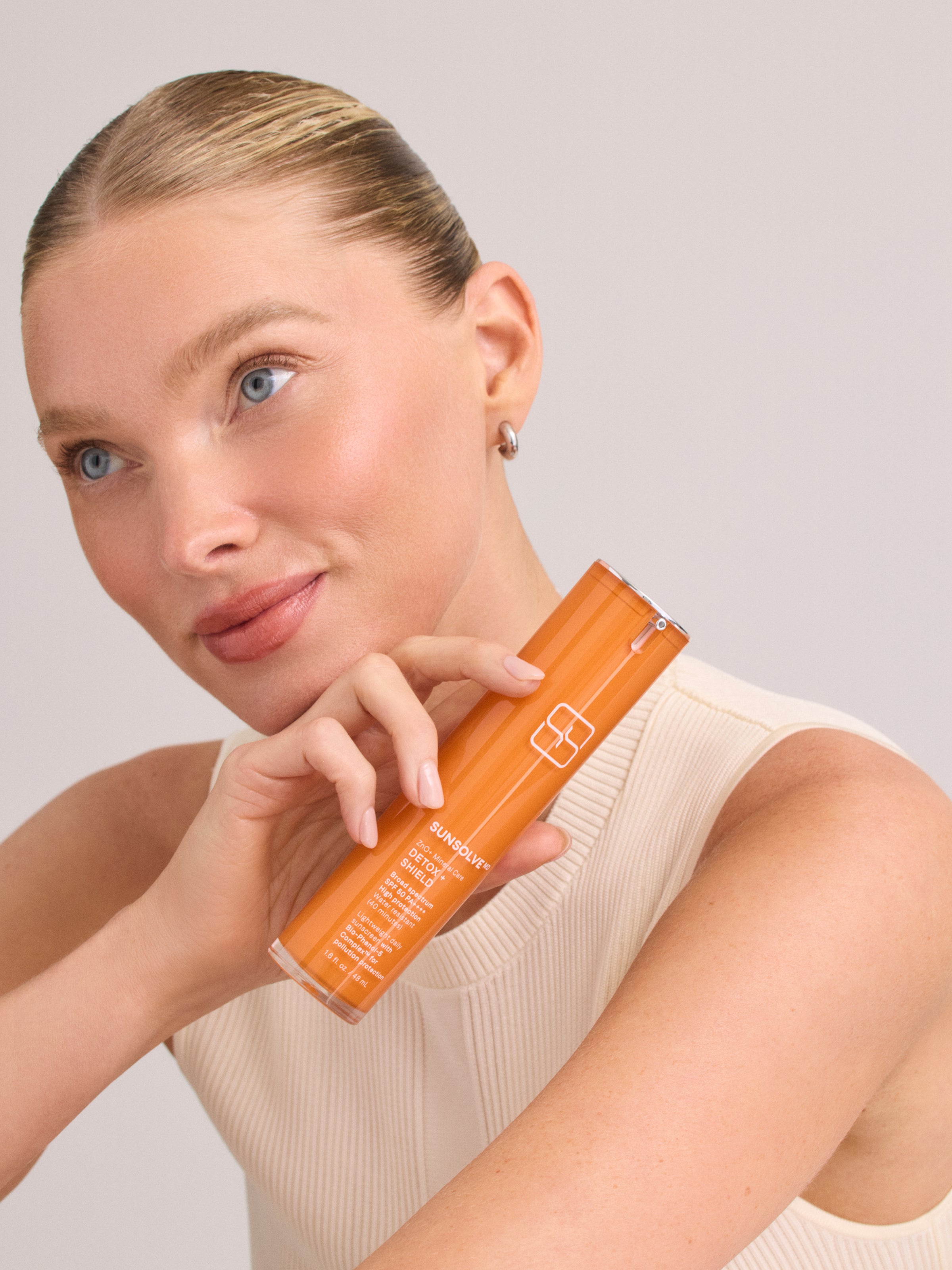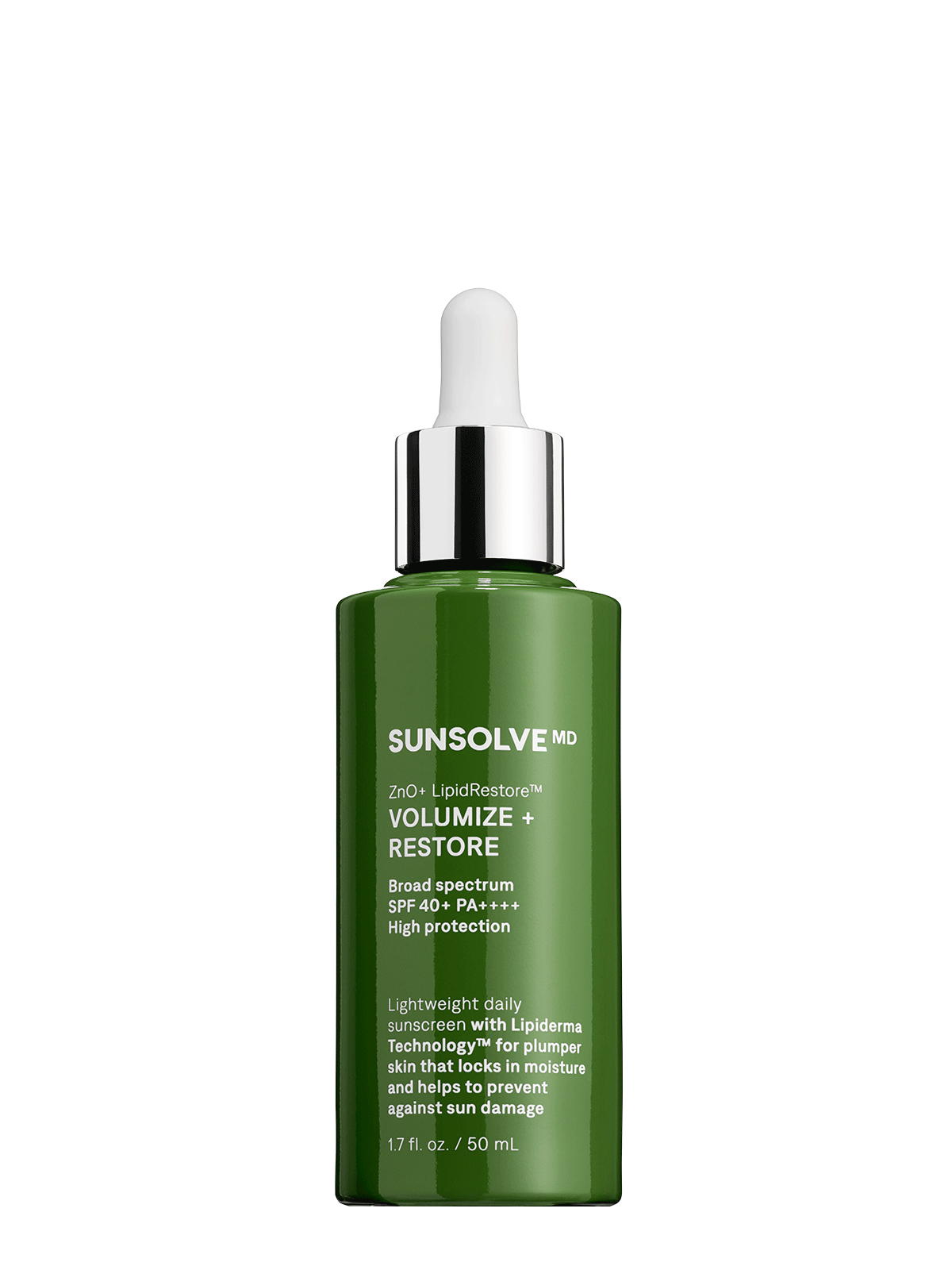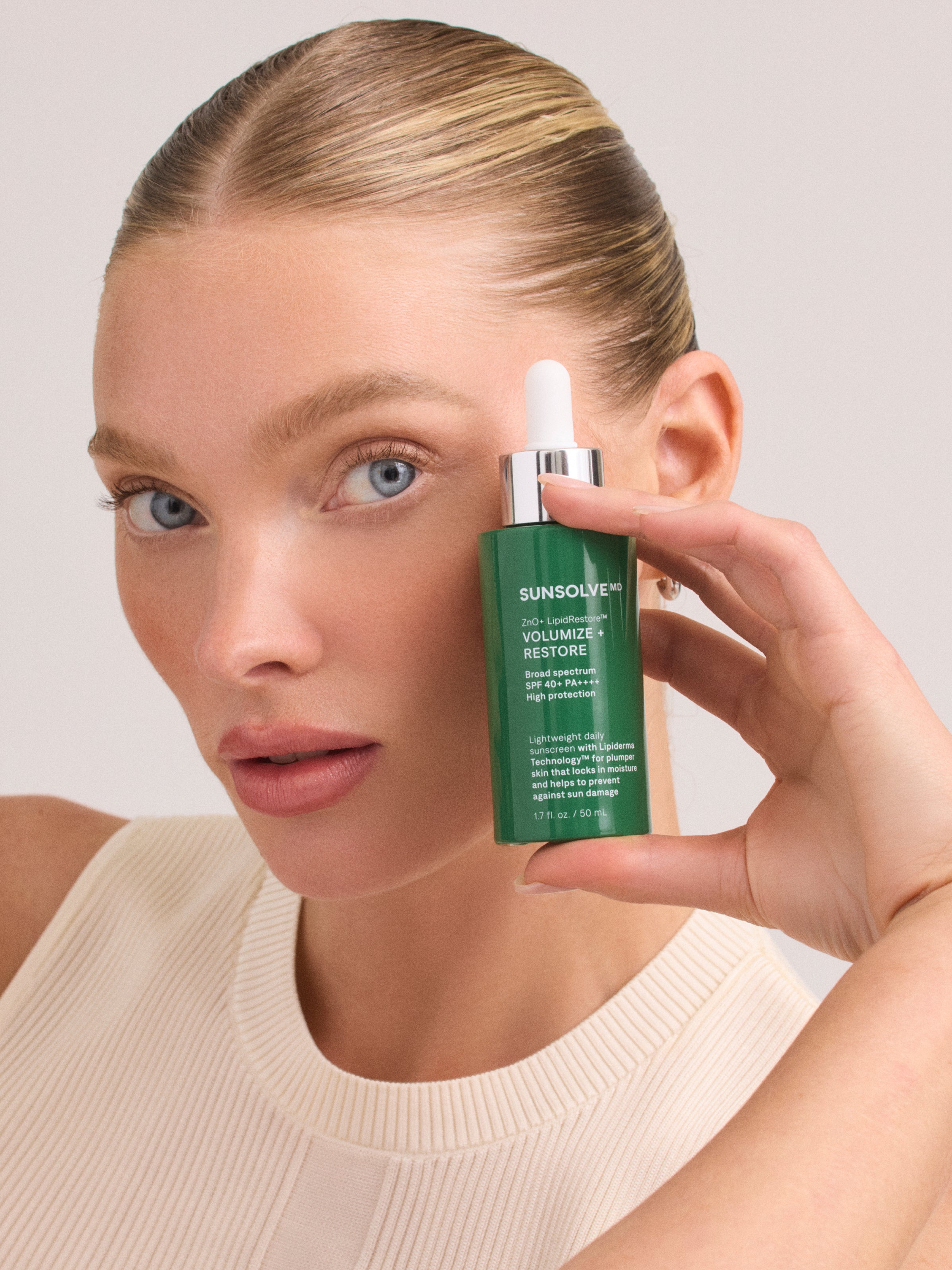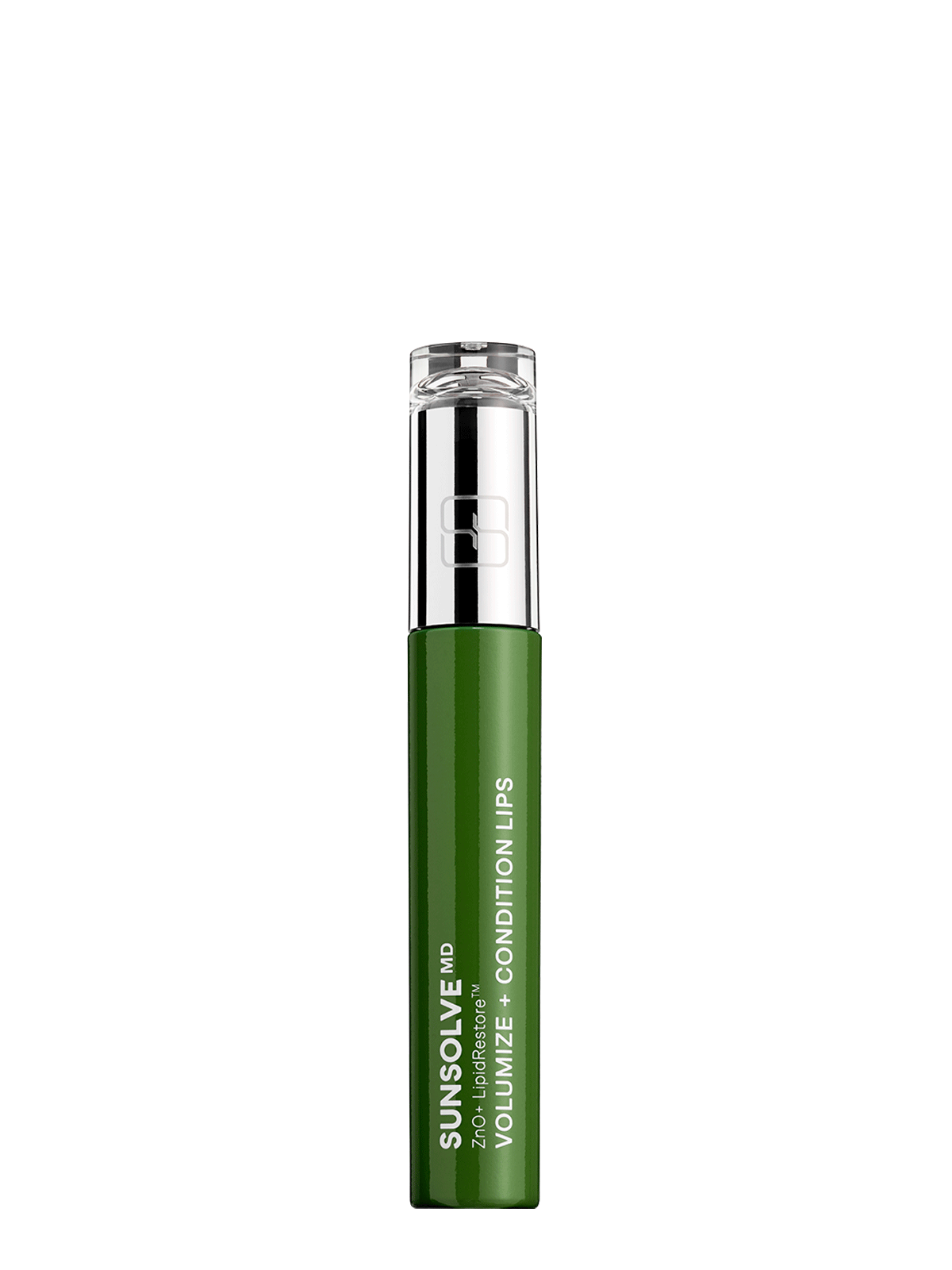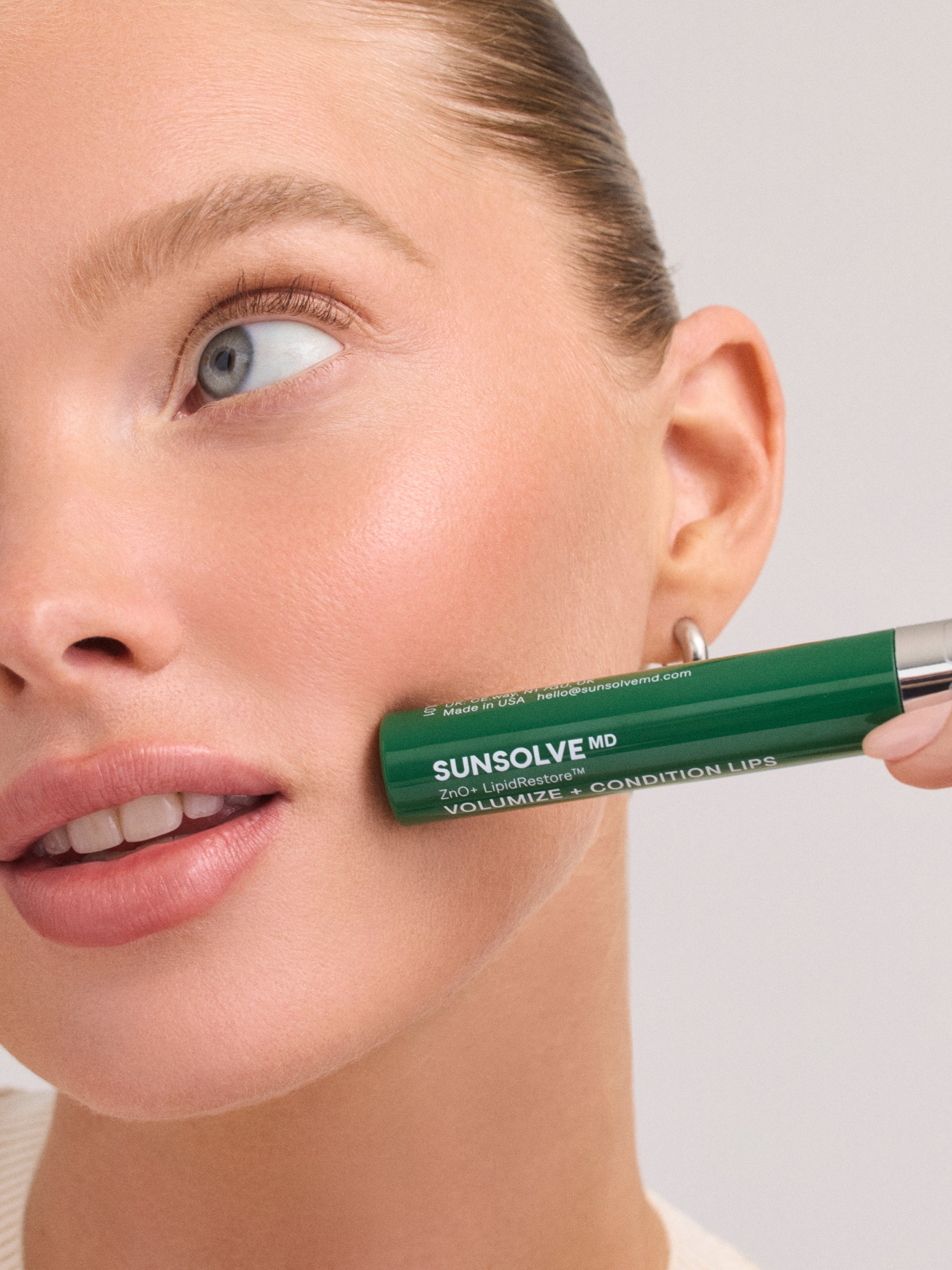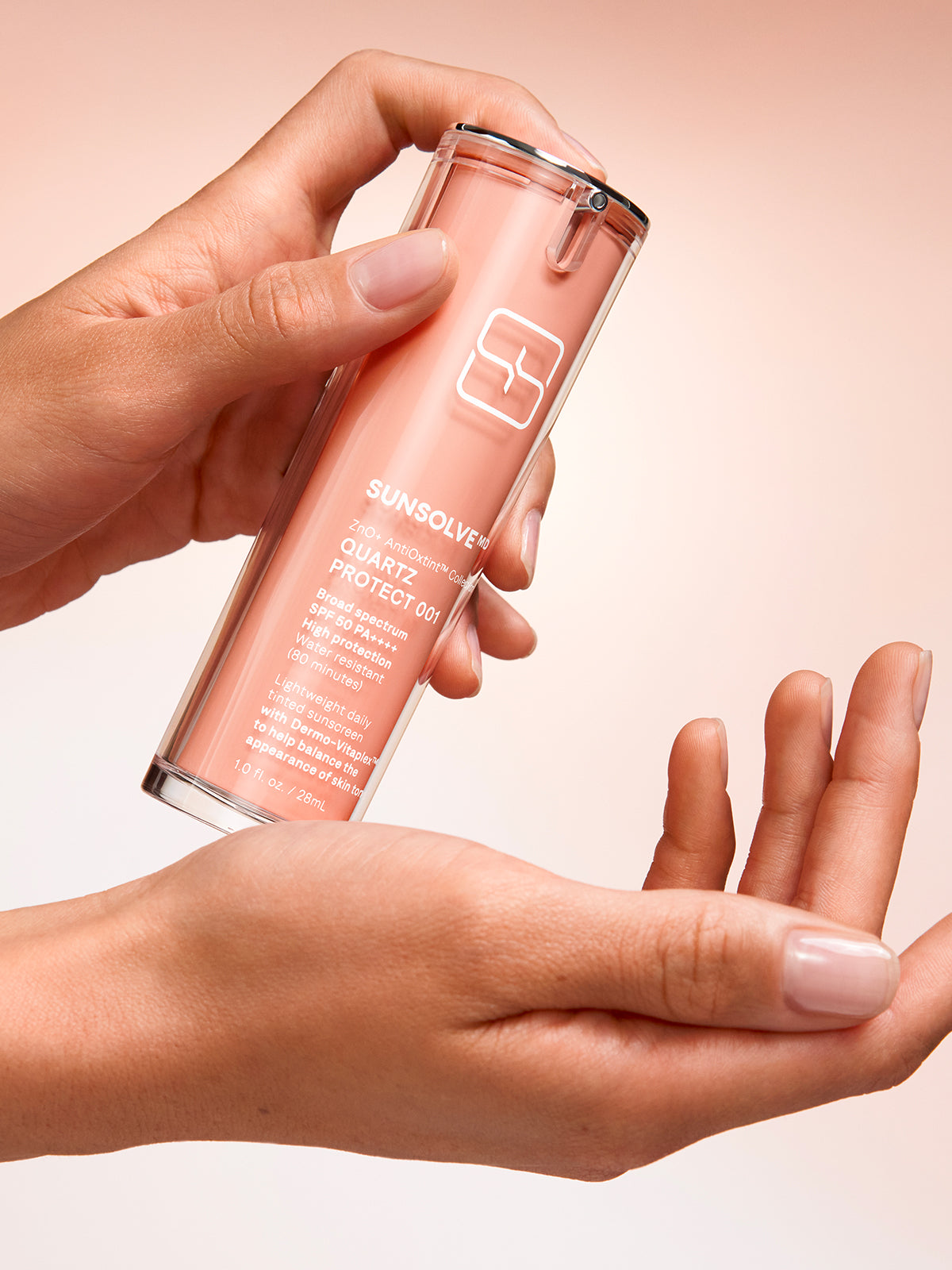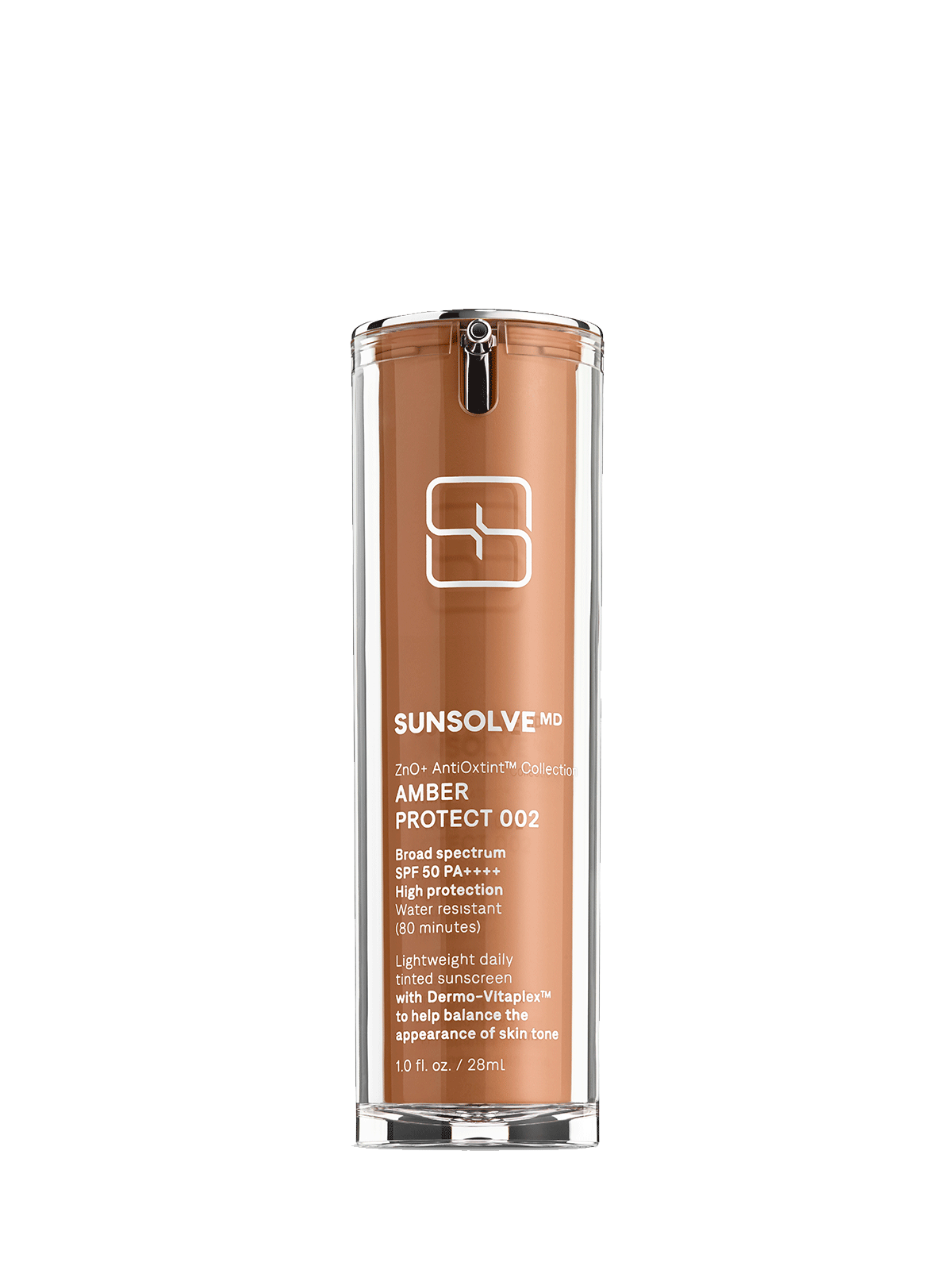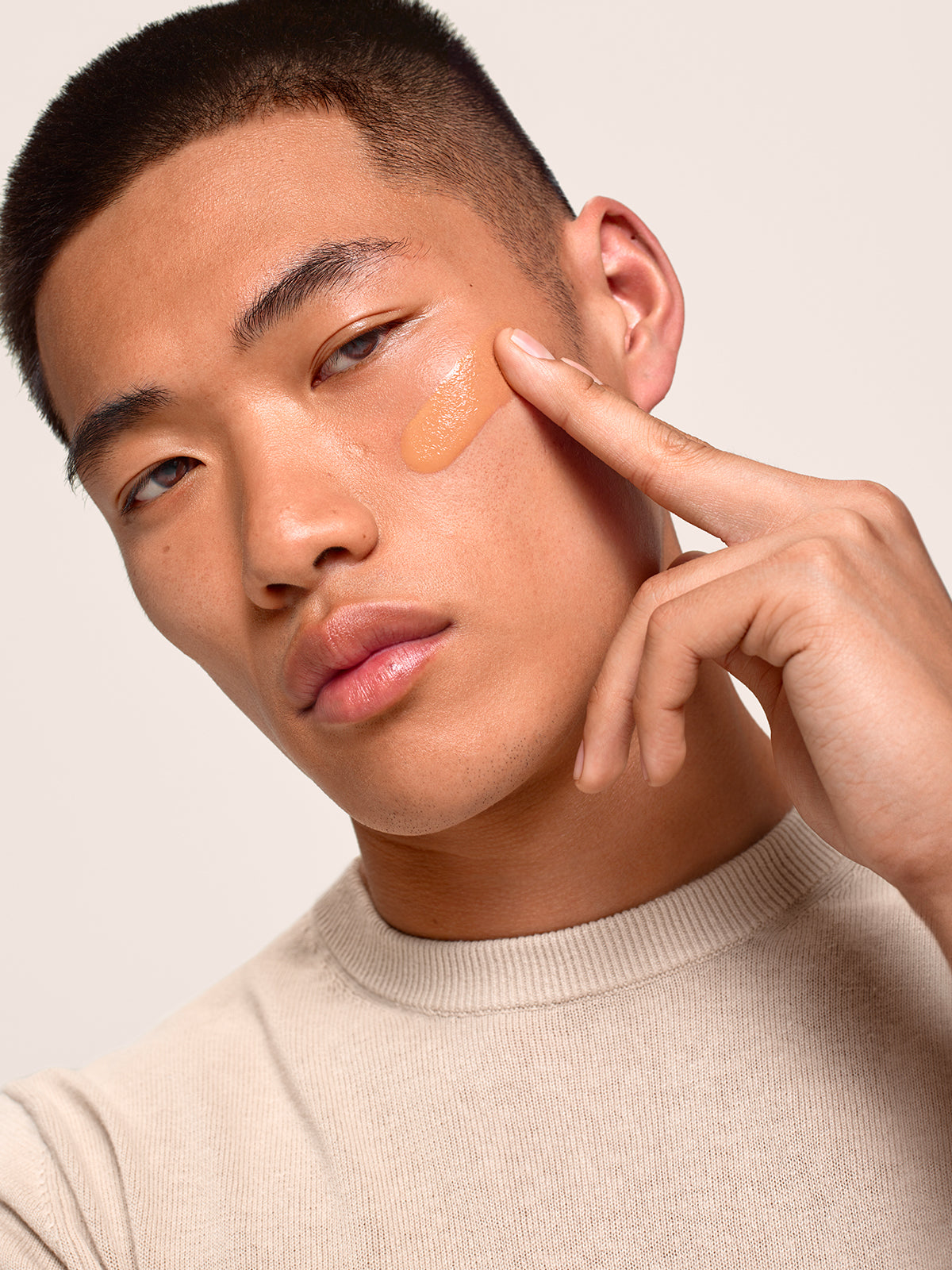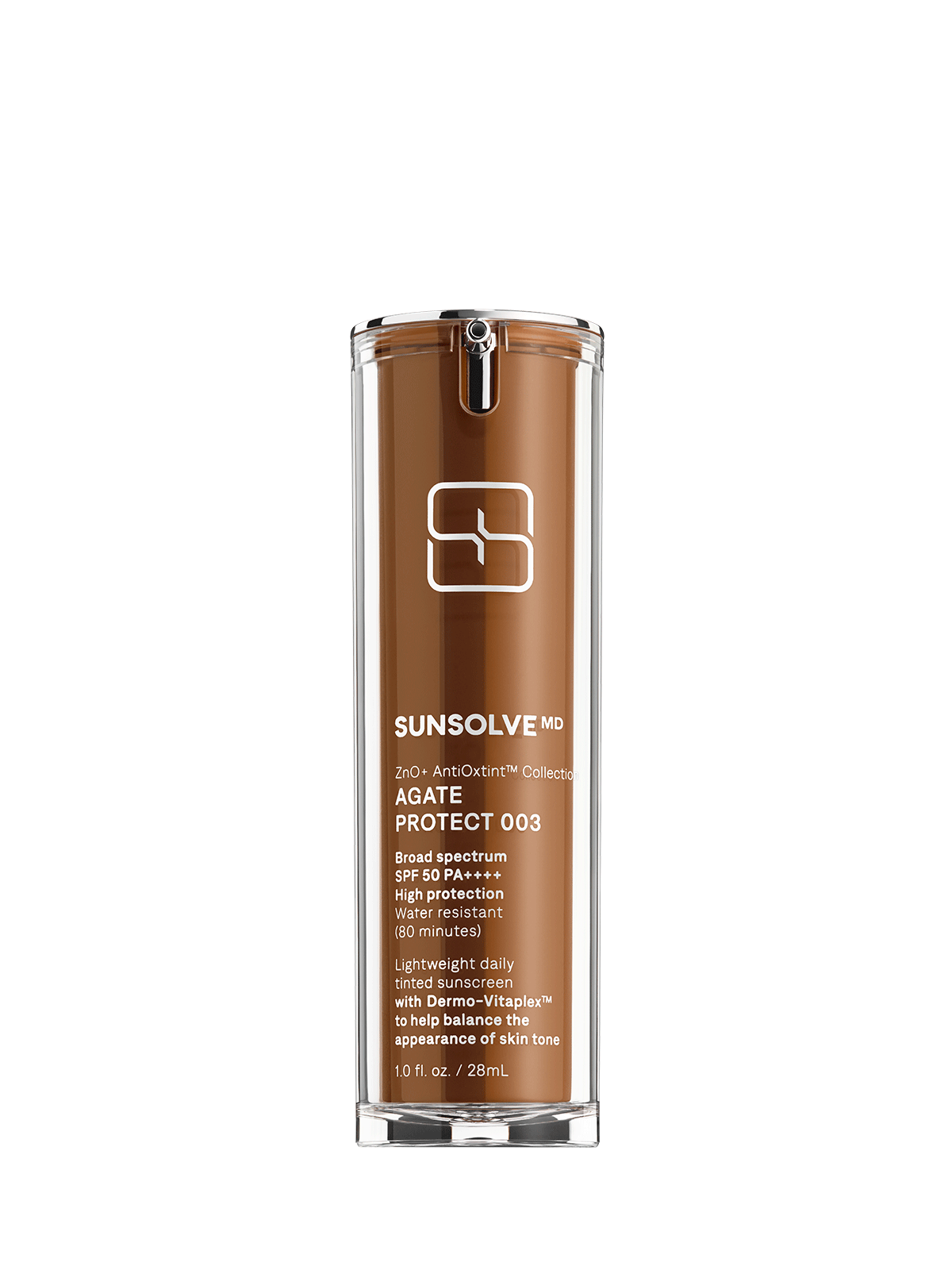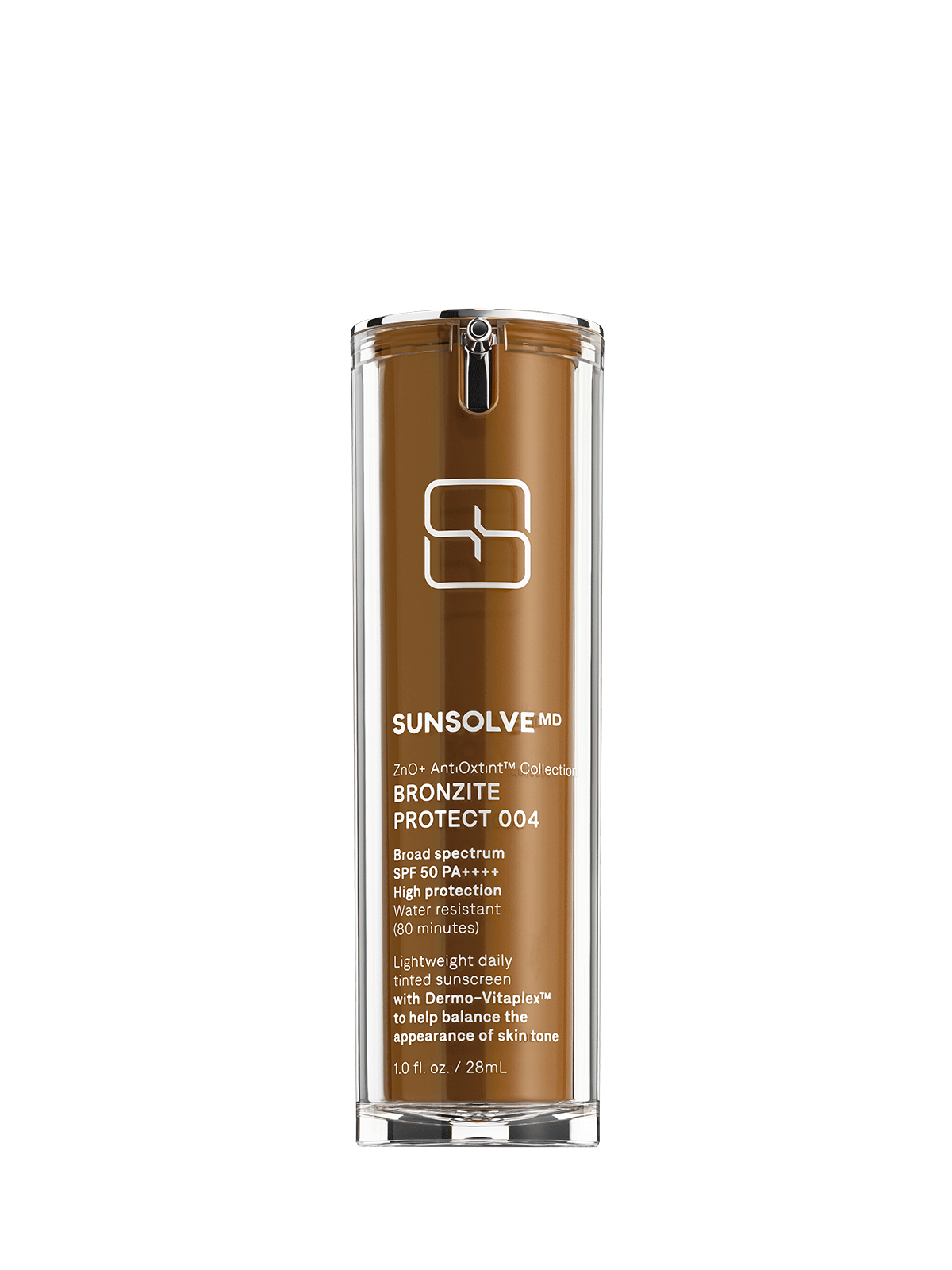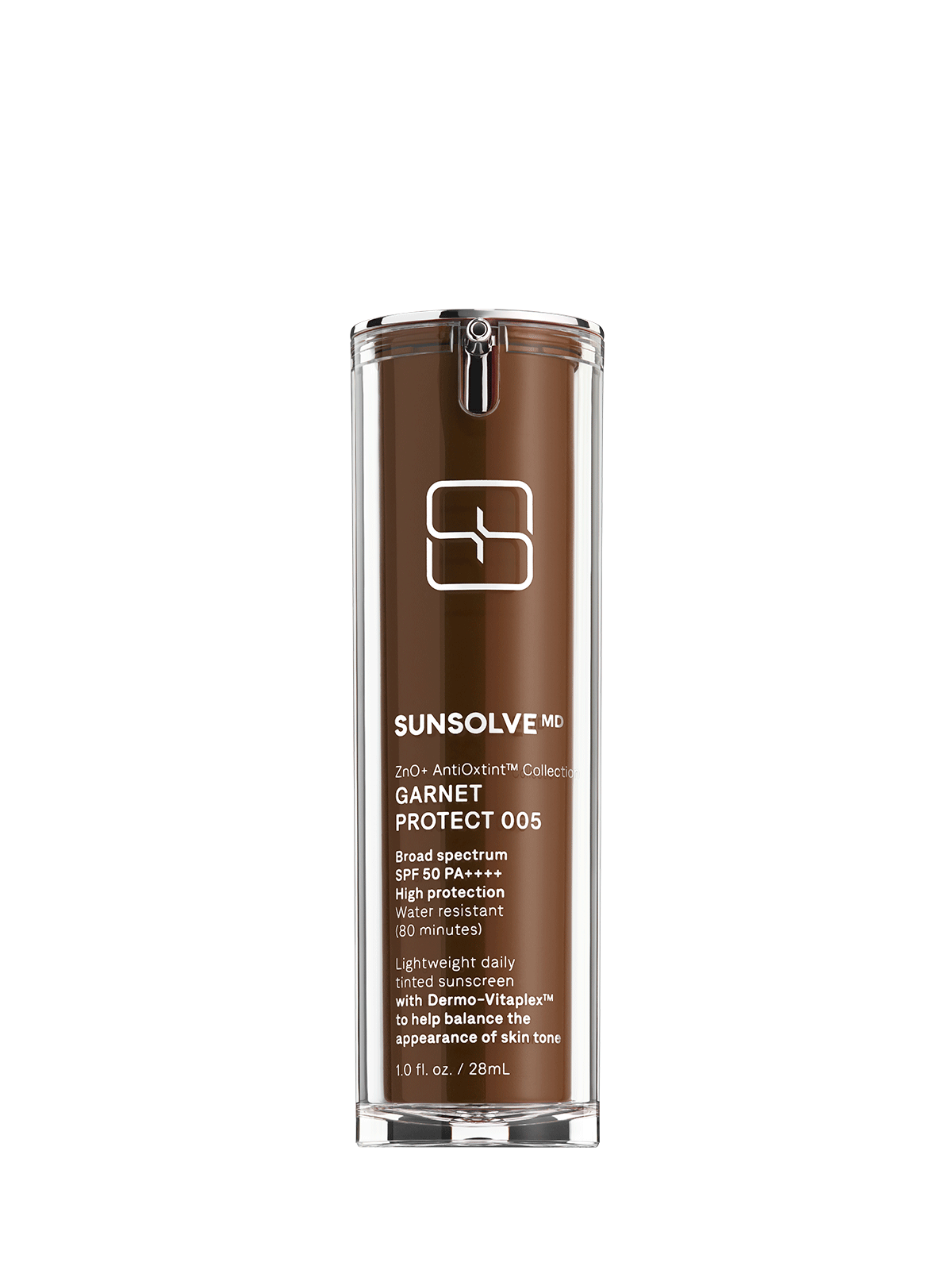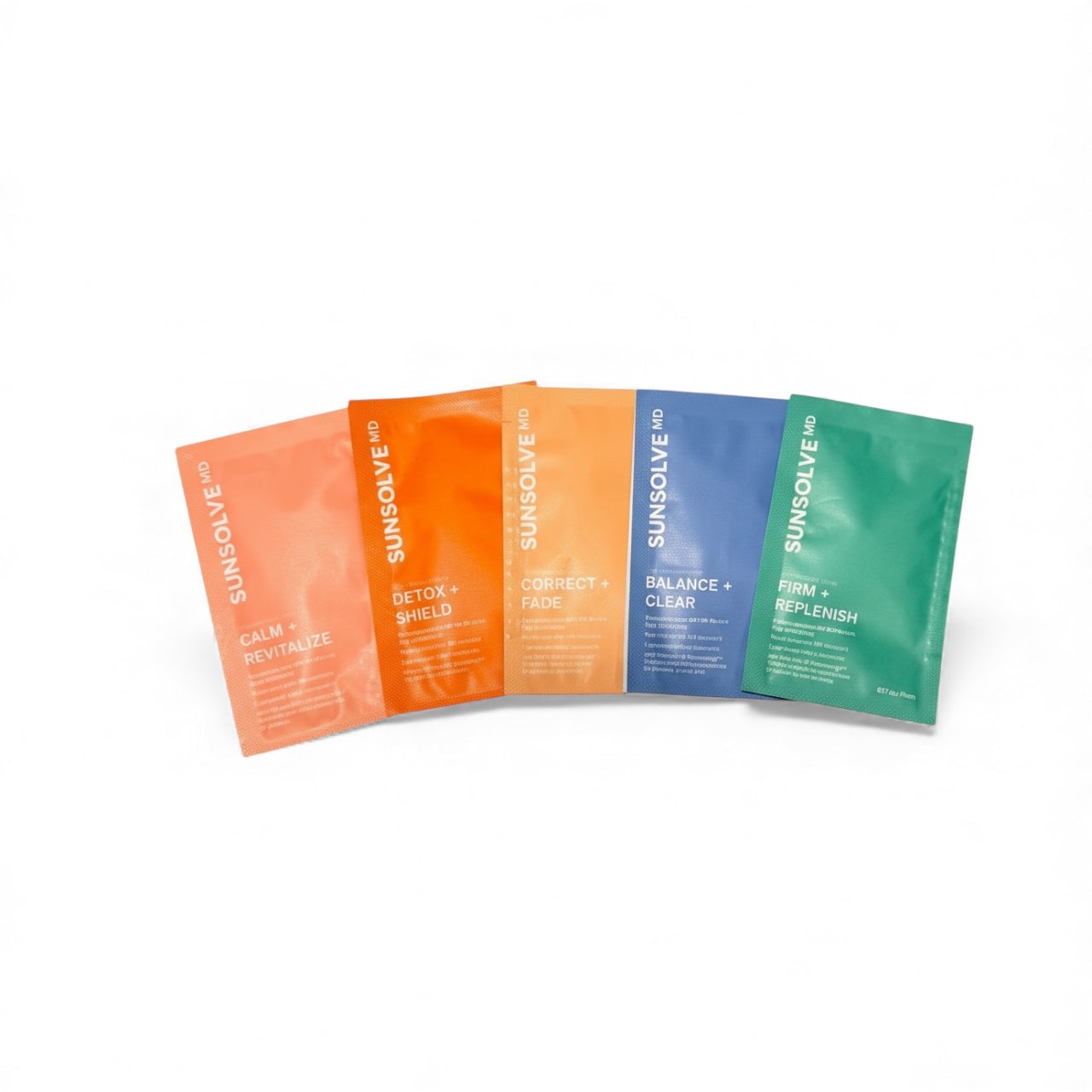
Psoriasis & SPF: The Do's & Don'ts
Is sun exposure beneficial for psoriasis?
Sun exposure can help reduce the severity of psoriasis symptoms but be aware that too much can lead to sun damage and potentially skin cancer. First and foremost, sun exposure can help reduce inflammation. Inflammation is a common symptom of psoriasis, and it can lead to redness, itching, and pain. Sun exposure helps reduce inflammation by inhibiting pro-inflammatory cytokines, which are molecules that contribute to inflammation.
Sun exposure also increases the production of vitamin D, which has been found to be beneficial for psoriasis. Vitamin D helps reduce inflammatory cytokines, which can help reduce symptoms. In addition to reducing inflammation, sun exposure also helps reduce itchiness. As psoriasis can be extremely itchy, sun exposure may help reduce this symptom by increasing the production of endorphins and serotonin. Both of these chemicals are known to have anti-itch properties, helping to reduce the discomfort associated with psoriasis.
What is light therapy?
Side effects of light therapy
- Mild sunburn (not serious and is possible to resolve by adjusting the UV dosage)
- An uncomfortable burning or itching sensation
- Skin redness
- Signs of premature skin aging (dark spots and loose skin)
- Skin discoloration
- An increased risk of skin cancer
Skincare ingredients to avoid
Fragrances
Alcohols
Sulphates
Often used in shampoo, toothpaste, and soap, can cause irritation in sensitive skin
How to apply sunscreen to skin with psoriasis
- Choose a sunscreen that is labeled as non-irritating and specifically designed for use on sensitive skin
- Clean the affected area with a gentle cleanser and pat dry
- Apply a thin layer of sunscreen to the affected area and surrounding skin
- Use your fingertips to massage the sunscreen into the skin gently
- Allow the sunscreen to dry before applying additional layers
- Reapply the sunscreen every two hours or after swimming or sweating
- If possible, cover up the affected area with clothing or a hat to provide additional protection from the sun.
Ingredients to look for in the sunscreens
- Non-nano zinc oxide mineral base
- Reef safe
- Non-comedogenic
- Fragrance-free
- Paraben free
- Palm oil free
